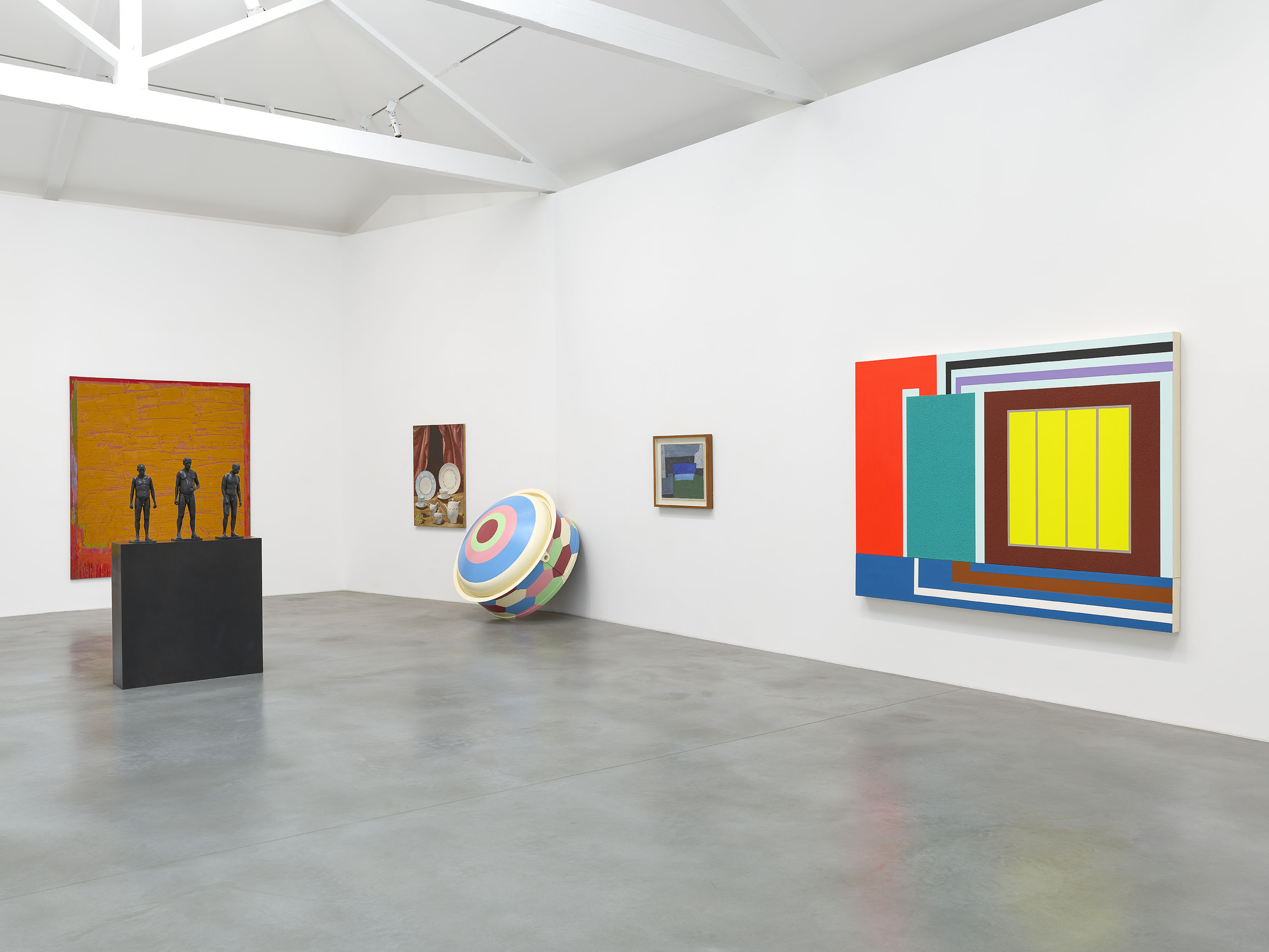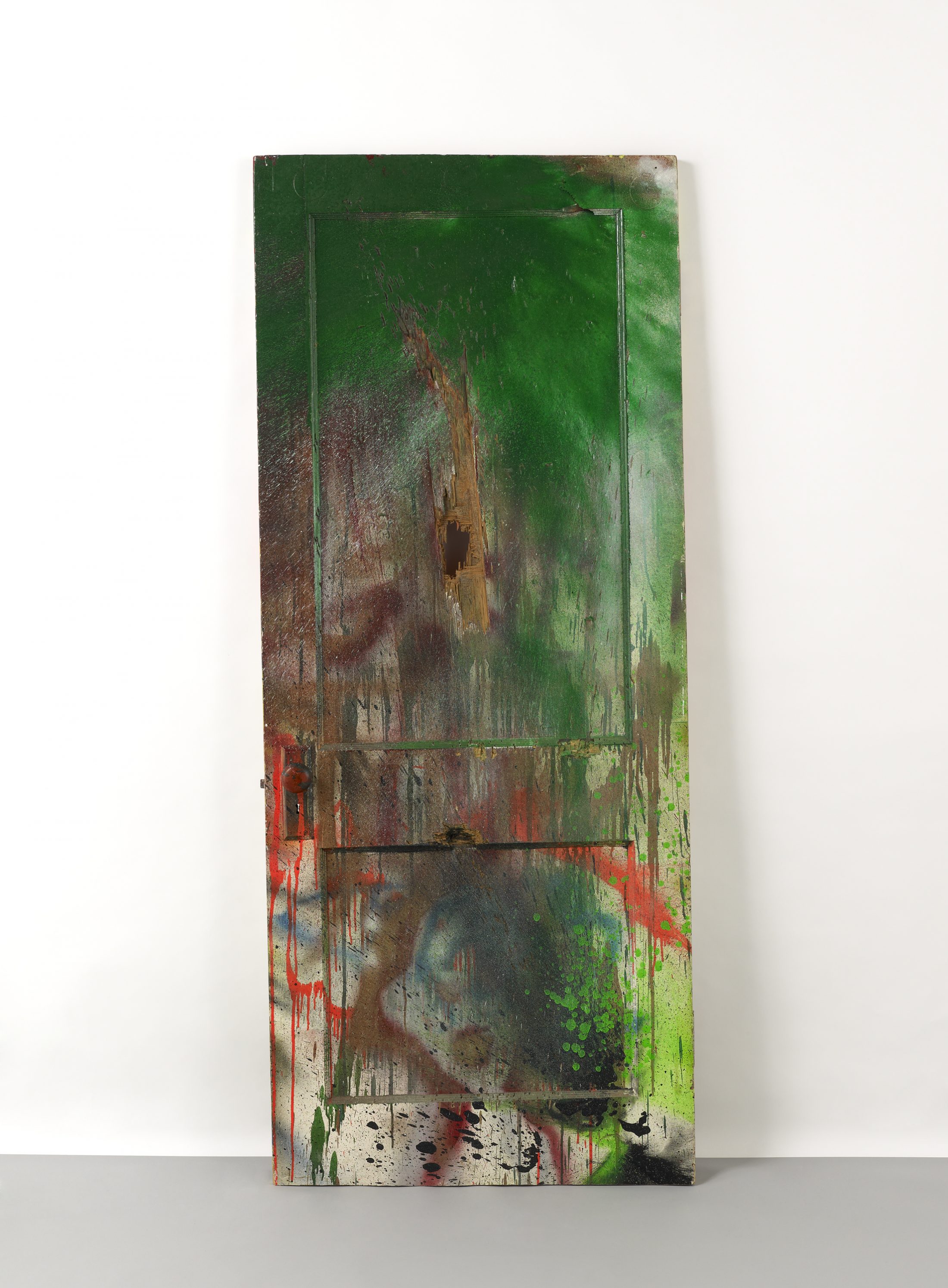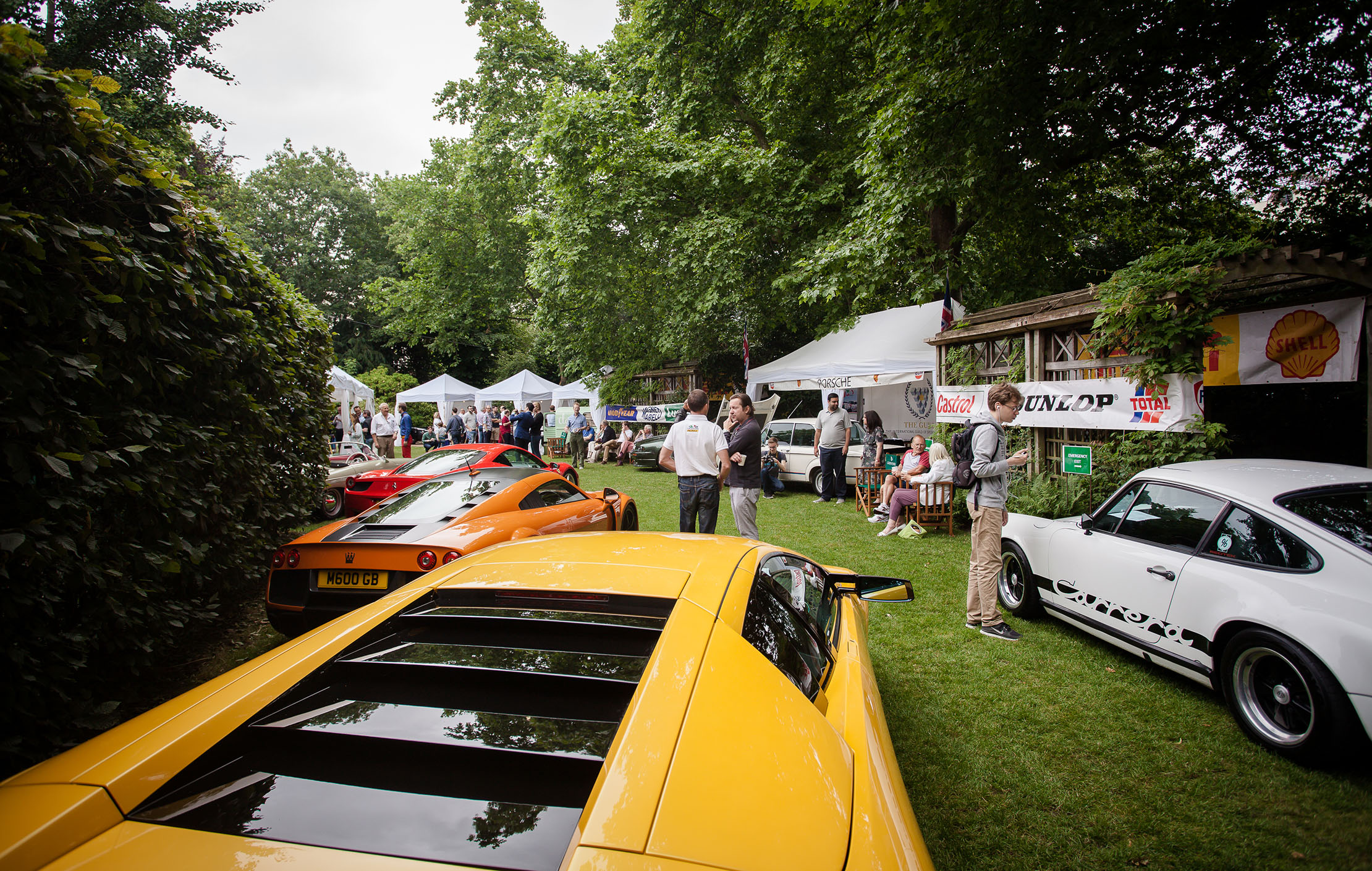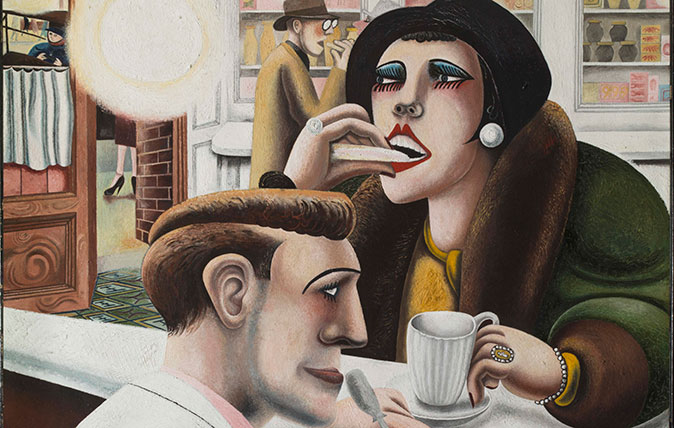In Focus: The William S. Burroughs shotgun art which was collected by Damien Hirst
A new exhibition in London brings together pieces from Damien Hirst's personal collection — including a shocking piece by William S. Burroughs, one of the most influential writers of the 20th century.

William Borroughs (1914-1997) is best known as one of post-war America’s most controversial writers. Born in St. Louis, Missouri, he went on to graduate from Harvard and became an influential member of the Beat Generation literary movement, alongside contemporaries and key influencers, Allen Ginsberg and Jack Kerouac.
Burroughs’ 1959 masterpiece Naked Lunch remains his most harrowing novel, an exploration of the darkest depths of the human psyche. But the written word wasn’t his only talent: he was also a gifted artist, though it would take a while before he showed it to the world. Prolific in his writing and enjoying ongoing literary success, it wasn’t until the last decade or so of his life that he turned his unorthodox attitudes to the visual arts.
Forever the maverick, Burroughs subverted conventional methods. Spray paint, collage and even bullets take the place of the paintbrush. Having travelled extensively, exploring the subcultures of the Amazon, London, Mexico, Paris, Tangiers and New York, he eventually settled in Lawrence, Kansas in 1981 and began to experiment with ‘shotgun art’ – his literal interpretation of the spray gun. The method involved shooting at paint cans positioned in front of a canvas. As the can ruptured on impact, it projected an explosion of paint onto the surface behind.
An example of Burroughs’ shotgun series can be seen as part of an exhibition at Newport Street Gallery in London: called Reason Gives No Answers, the show is a selection of artworks from Damien Hirst’s personal collection.
The Burroughs piece on show is Green Door (Acid Rain), in which the canvas – a door – is punctured by the force of bullets and covered with chromatic explosions of paint. Cadmium orange and deep green pigments drip down the door’s paneling. Sections of the wood have been gauged out by the sheer force of the bullet, leaving frenzied splinters of timber splattered across the surface.

Burrough’s relationship with guns holds fraught resonance. In 1951, the artist accidentally and fatally shot his wife Joan Vollmer, the most prominent female member of the early Beat Generation. In the 1950s he wrote in the introduction to his novel Queer (not published until 1985), ‘The death of Joan brought me in contact with the invader, the Ugly Spirit, and manoeuvred me into a life-long struggle, in which I had no choice except to write my way out.'
The shotgun series – destructive outbursts – could be read as poignant reflections of the artist’s own distraught, albeit trenchant, state of mind.
Sign up for the Country Life Newsletter
Exquisite houses, the beauty of Nature, and how to get the most from your life, straight to your inbox.
'Reason Gives No Answers' is at Newport Street Gallery, London, until 10th November, 2019.Other highlights include works by Angus Fairhurst, Helen Frankenthaler, Jannis Kounellis, Tanya Ling, Andy Warhol and Franz West. Admission is free — see www.newportstreetgallery.com for more details.

A classic car show in the very heart of central London, featuing a 1912 Rolls and Damien Hirst’s old Ferrari
The Belgravia Classic Car Show takes place this weekend, and is a real treat for the car lovers of London.

In Focus: The evocative, sensual masterpiece created in the wake of the First World War
Edward Burra was too young to have fought in the First World War, but his powerful oil painting The Snack
-
 ‘It had the air of an ex-rental, and that’s putting it politely’: How an antique dealer transformed a run-down Georgian house in Chatham Dockyards
‘It had the air of an ex-rental, and that’s putting it politely’: How an antique dealer transformed a run-down Georgian house in Chatham DockyardsAn antique dealer with an eye for colour has rescued an 18th-century house from years of neglect with the help of the team at Mylands.
By Arabella Youens
-
 A home cinema, tasteful interiors and 65 acres of private parkland hidden in an unassuming lodge in Kent
A home cinema, tasteful interiors and 65 acres of private parkland hidden in an unassuming lodge in KentNorth Lodge near Tonbridge may seem relatively simple, but there is a lot more than what meets the eye.
By James Fisher